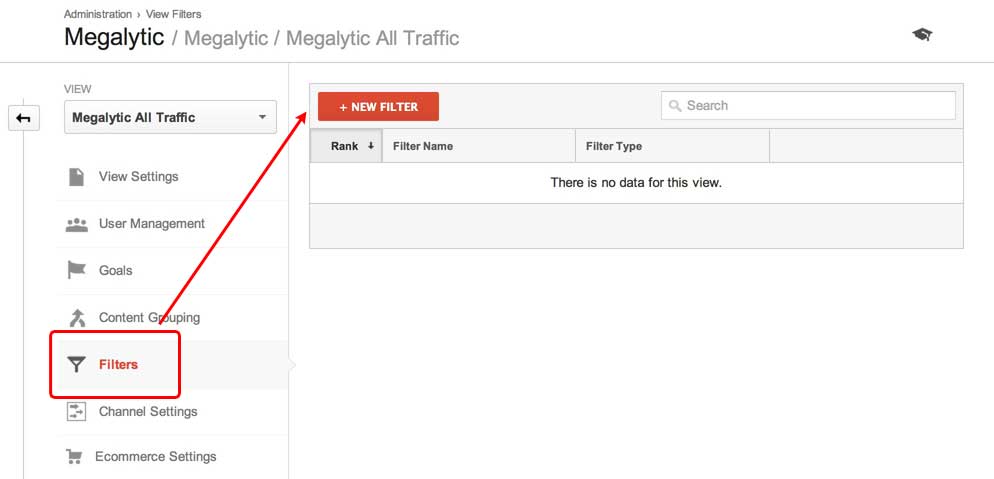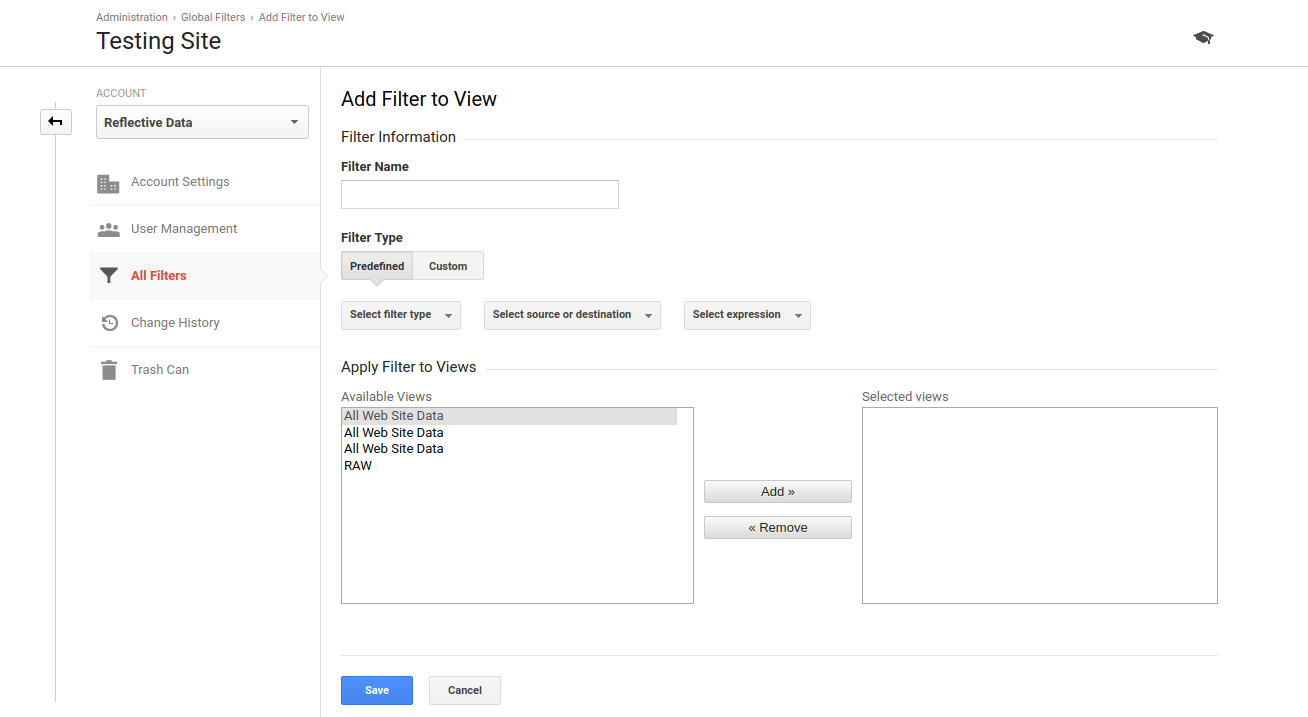The Main Principles Of In Which Order Does Google Analytics Filter Data
Table of ContentsIn Which Order Does Google Analytics Filter Data - QuestionsThe 8-Minute Rule for In Which Order Does Google Analytics Filter DataTop Guidelines Of In Which Order Does Google Analytics Filter DataThe In Which Order Does Google Analytics Filter Data IdeasThe Only Guide for In Which Order Does Google Analytics Filter DataIn Which Order Does Google Analytics Filter Data Fundamentals Explained
io" is the site and if I most likely to the homepage and also click some other web pages like signup web page, it reveals me in the real-time report popping-up as exactly how we established in the filters. This web page is the of site as well as you can see the sub-domain highlighted as.
Similar to the previous procedure, we have to develop a brand-new filter as mentioned in the last steps - In Which Order Does Google Analytics Filter Data. in this new filter, I'm naming it as and also I'm picking After that I'm inputting the filter pattern as In this filter pattern, the pipeline icon () is consisted of to attach any kind of other hostname that you desire to include along with the other hostnames
What Does In Which Order Does Google Analytics Filter Data Mean?
This is how you can go check your internet site and also comeback sight in real-time records. The real-time report now shows the changes that you made when creating that filter. In this case, the Broken page discusses concerning link of the page i. e when the Page link being repeated the exact same, omitting reduce or any type of minute aspects.
Currently develop a new filter and I call it as. Pick and select the filter areas.

Everything about In Which Order Does Google Analytics Filter Data
The following directions will certainly walk you with the process: Create a brand-new Google Spreadsheet (or open an existing one). From the menu bar select: Attachments > Obtain Add-ons Locate the Google Analytics Add-on from the attachments gallery and pick it. From the add-on description web page, click the "+" in the top right edge to include this add-on to your spreadsheet.
Records can be produced by hand or with the assistance of the add-on's record development tool. To utilize the device, pick "Attachments" > "Google Analytics" > "Create a New Record" from the menu bar.
This is willful. In Which Order Does Google Analytics Filter Data. The device is indicated to assist get you began and also supply you with the info you may not understand off the top of your head. The remainder of the areas will certainly need to be gone into by you. If you have any questions about what to place in each area, see the reference at the end of this web page.
In Which Order Does Google Analytics Filter Data Things To Know Before You Get This
It can be a sheet in the spread sheet you're currently in, or a different spreadsheet entirely (as long as you have edit accessibility to that spread sheet). To publish the results to a different spread sheet duplicate the spread sheet link and also paste it right into the cell to the right of the "spreadsheet-url" criterion.
This opens a report organizing dialog where you can transform organizing on and off, and establish exactly how often your report will certainly run. To transform scheduling on, inspect package labelled "Enable records to run instantly." As soon as scheduling visit site is allowed you can use the select dropdown to regulate the time and regularity.
When scheduling reports, make certain this hyperlink there is lots of time between when you create the routine as well as when the schedule is intended to run. Call Description This is the report name. It will also be the name of the sheet where the report data is composed.
The adhering to expression returns the last day of the previous month: =EOMONTH(TODAY(), -1) The end date for bring Analytics data. Requests can specify an end date formatted as YYYY-MM-DD, or as a relative day (e. g., today, the other day, or Ndays, Ago where N is a positive integer). You can likewise use Sheets day functions to define this worth programmatically.
Metrics can be specified in one of 2 formats: For instance, all of the complying with are valid worths for the Metrics specification - In Which Order Does Google Analytics Filter Data. For most make use of instances, a list of statistics IDs is the easiest way to specify the Metrics specification.
What Does In Which Order Does Google Analytics Filter Data Do?
Call Description A checklist of measurements to query. Measurements can be specified in one of two formats: For example, all of the complying with are legitimate worths for the Metrics criterion. Full Report For most use instances, a listing of dimension IDs is the simplest method to define the Capacities criterion.